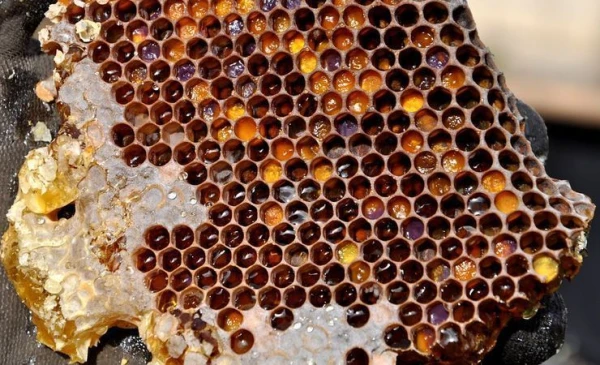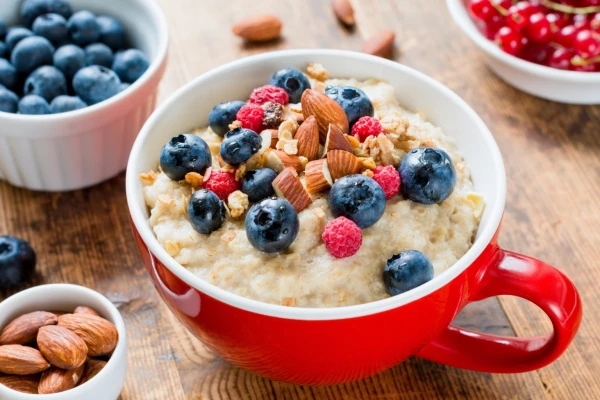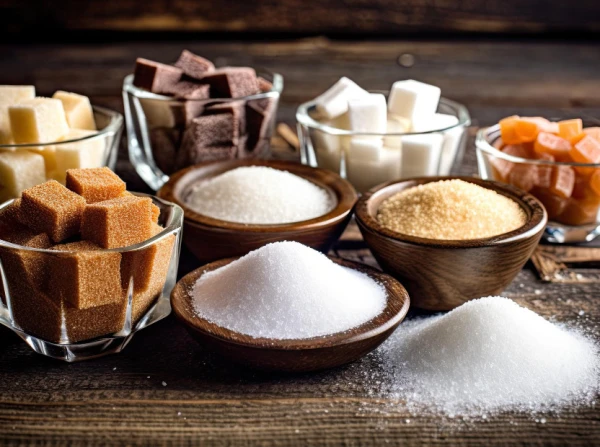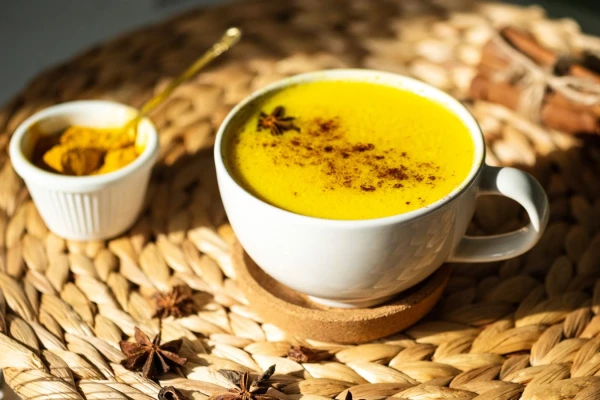
Have you ever heard of "bee bread"? No, it's not a pastry made by bees from flour. In fact, it is one of the most valuable products that these hardworking insects produce for themselves, but it can also bring us enormous benefits. Nutritionist Natalia Fariseeva tells us more about it.
What is Bee Bread
Bee bread, also known as perga, is essentially fermented pollen that bees collect from flowers and place in honeycomb cells, covering it with honey. It is stored without access to air. Our expert states: "Bees 'chew' the pollen, thoroughly moistening it with saliva. This causes the fermentation of the pollen mass, enriching it with enzymes, carbohydrates, and vitamins that are not present in the original pollen."
Thus, perga is pollen that has undergone lactic acid fermentation, preserved in a honey-enzyme mixture, and sealed in the honeycomb. Beekeepers refer to it as "bread" due to its particular importance for both bees and humans. Moreover, it does indeed taste like rye bread mixed with honey. Bees store it for winter nourishment, which is why it is called "bee bread."
Pollen that has undergone this processing can be stored in the hive unchanged for a long time, while pollen loses a significant portion of its enzymes and vitamins after just 7 days of storage. Additionally, perga is easily absorbed by living organisms.
The Best Time to Collect Perga
It is best to collect bee bread in the spring, as this is when bees make large reserves and do not fully utilize them. However, collection should end in mid-summer, as perga, as a source of protein, is necessary for the bees themselves to prepare for winter. Fresh product is best purchased in summer and autumn.
Health Benefits of Bee Bread
Plant pollen contains fats, proteins, and carbohydrates, as well as important trace elements such as calcium, phosphorus, magnesium, zinc, manganese, chromium, iodine, particularly high levels of potassium, as well as iron, copper, and cobalt. Pollen includes B vitamins, vitamins E, C, D, P, PP, K, as well as carotenoids — provitamin A, which is found in acacia pollen in 20 times greater amounts than in carrots. Furthermore, it contains prohormones that stimulate the growth of plant tissues and substances with antibacterial properties.
"Pollen is rich in phenolic compounds that have important properties for the body: anti-sclerotic, anti-inflammatory, capillary-strengthening, antioxidant, diuretic, choleretic, and anti-tumor. All of these are necessary for maintaining health," the specialist clarifies.
Who Benefits from Bee Bread
In medicine, perga is considered one of the best strengthening agents. Preparations based on it are used to treat anemia, as they can stimulate the formation of red blood cells and increase the amount of hemoglobin in them. This valuable product can help restore normal brain and nervous system functions and is used as a therapeutic agent for various forms of atherosclerosis. But that’s not all. Here are some of its beneficial effects on the body:
-
normalizes the activity of the endocrine and nervous systems,
-
activates the process of insulin secretion by pancreatic cells and, despite its sugar content, is used in the treatment of diabetes,
-
strengthens capillaries,
-
lowers cholesterol levels in the blood,
-
has choleretic, diuretic, radioprotective, and anti-tumor effects,
-
inhibits the growth of microorganisms in the intestines and regulates its function,
-
stimulates the immune system,
-
has a general strengthening effect,
-
restores body mass,
-
increases mental and physical performance and aids in recovery from fatigue,
-
enhances sexual desire and male potency, reduces signs of prostate gland hypertrophy.
Natalia states: "Everyone who wants to regulate vital internal processes in the body, combat fatigue, and improve the quality of life should include perga in their diet. It is especially important for the formation of a child's body and the establishment of a strong immune system."
How to Consume and Are There Any Contraindications
For quick recovery from fatigue, perga should be taken from ⅓ to 1 teaspoon 3 times a day. As an immune-stimulating agent: ½-⅔ teaspoon 2–3 times a day. The course lasts at least 4 weeks.
"When taken on an empty stomach, perga, like honey, lowers blood pressure, which those with hypotension should keep in mind. In other cases, it normalizes it. The product can also cause allergies, so it should be taken with caution by people suffering from allergic diseases," concluded the nutritionist.













